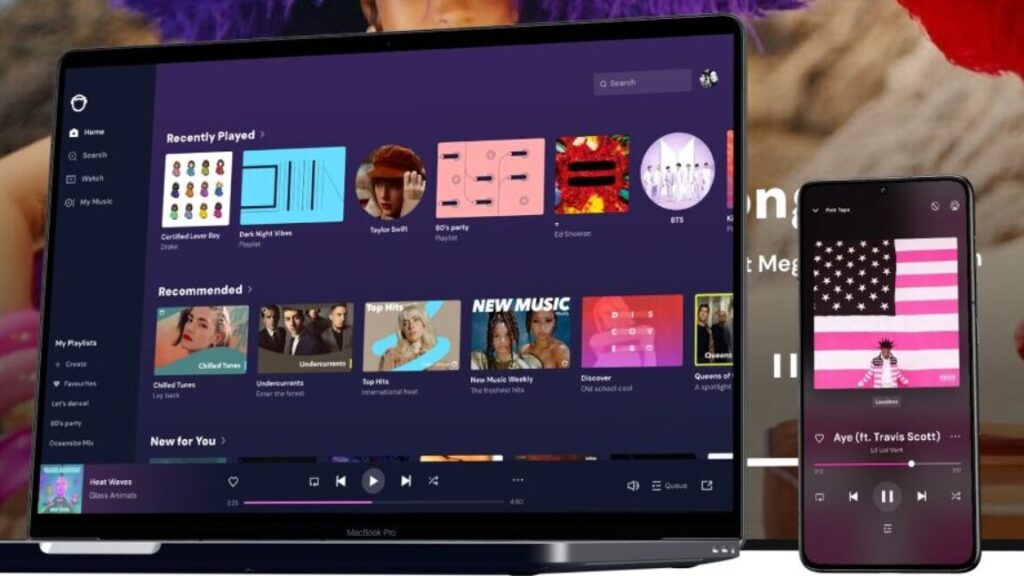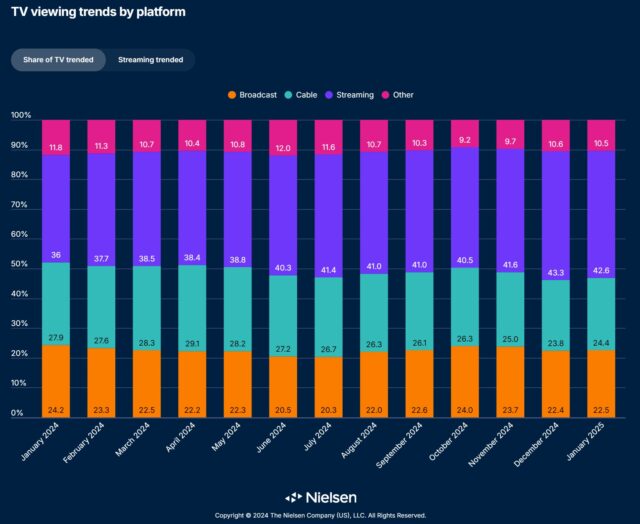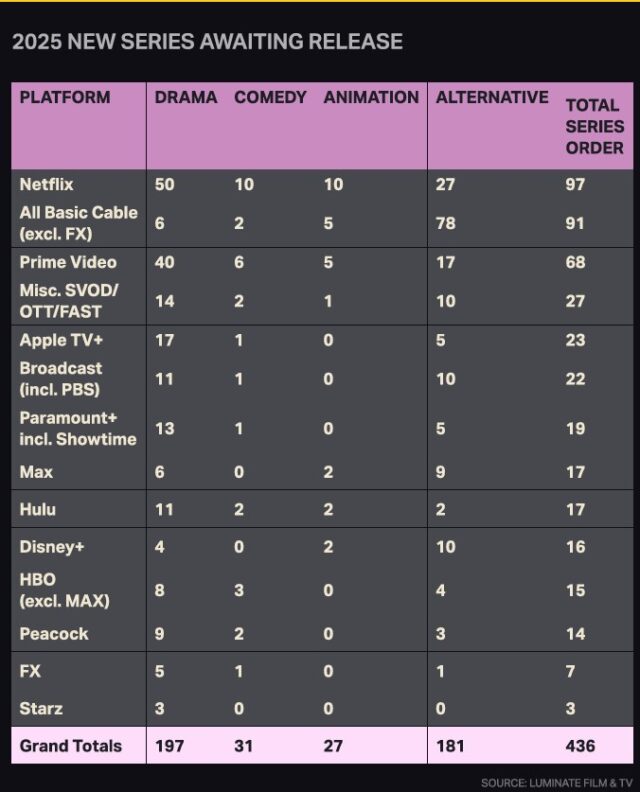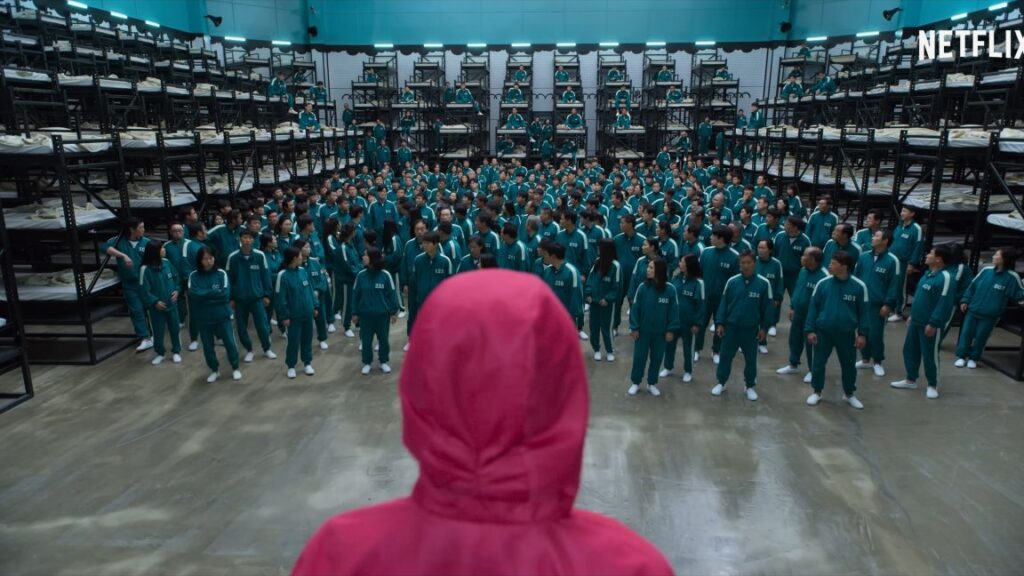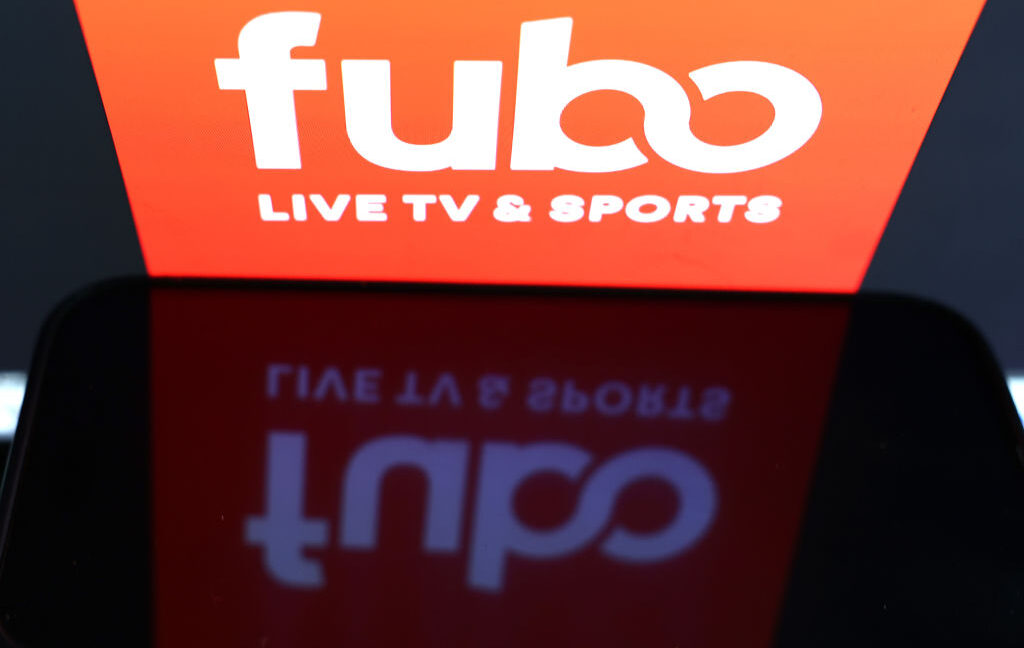Turbulent global economy could drive up prices for Netflix and rivals
“… our members are going to be punished.”
A scene from BBC’s Doctor Who. Credit: BBC/Disney+
Debate around how much taxes US-based streaming services should pay internationally, among other factors, could result in people paying more for subscriptions to services like Netflix and Disney+.
On April 10, the United Kingdom’s Culture, Media and Sport (CMS) Committee reignited calls for a streaming tax on subscription revenue acquired through UK residents. The recommendation came alongside the committee’s 120-page report [PDF] that makes numerous recommendations for how to support and grow Britain’s film and high-end television (HETV) industry.
For the US, the recommendation garnering the most attention is one calling for a 5 percent levy on UK subscriber revenue from streaming video on demand services, such as Netflix. That’s because if streaming services face higher taxes in the UK, costs could be passed onto consumers, resulting in more streaming price hikes. The CMS committee wants money from the levy to support HETV production in the UK and wrote in its report:
The industry should establish this fund on a voluntary basis; however, if it does not do so within 12 months, or if there is not full compliance, the Government should introduce a statutory levy.
Calls for a streaming tax in the UK come after 2024’s 25 percent decrease in spending for UK-produced high-end TV productions and 27 percent decline in productions overall, per the report. Companies like the BBC have said that they lack funds to keep making premium dramas.
In a statement, the CMS committee called for streamers, “such as Netflix, Amazon, Apple TV+, and Disney+, which benefit from the creativity of British producers, to put their money where their mouth is by committing to pay 5 percent of their UK subscriber revenue into a cultural fund to help finance drama with a specific interest to British audiences.” The committee’s report argues that public service broadcasters and independent movie producers are “at risk,” due to how the industry currently works. More investment into such programming would also benefit streaming companies by providing “a healthier supply of [public service broadcaster]-made shows that they can license for their platforms,” the report says.
The Department for Digital, Culture, Media and Sport has said that it will respond to the CMS Committee’s report.
Streaming companies warn of higher prices
In response to the report, a Netflix spokesperson said in a statement shared by the BBC yesterday that the “UK is Netflix’s biggest production hub outside of North America—and we want it to stay that way.” Netflix reportedly claims to have spent billions of pounds in the UK via work with over 200 producers and 30,000 cast and crew members since 2020, per The Hollywood Reporter. In May 2024, Benjamin King, Netflix’s senior director of UK and Ireland public policy, told the CMS committee that the streaming service spends “about $1.5 billion” annually on UK-made content.
Netflix’s statement this week, responding to the CMS Committee’s levy, added:
… in an increasingly competitive global market, it’s key to create a business environment that incentivises rather than penalises investment, risk taking, and success. Levies diminish competitiveness and penalise audiences who ultimately bear the increased costs.
Adam Minns, executive director for the UK’s Association for Commercial Broadcasters and On-Demand Services (COBA), highlighted how a UK streaming tax could impact streaming providers’ content budgets.
“Especially in this economic climate, a levy risks impacting existing content budgets for UK shows, jobs, and growth, along with raising costs for businesses,” he said, per the BBC.
An anonymous source that The Hollywood Reporter described as “close to the matter” said that “Netflix members have already paid the BBC license fee. A levy would be a double tax on them and us. It’s unfair. This is a tariff on success. And our members are going to be punished.”
The anonymous source added: “Ministers have already rejected the idea of a streaming levy. The creation of a Cultural Fund raises more questions than it answers. It also begs the question: Why should audiences who choose to pay for a service be then compelled to subsidize another service for which they have already paid through the license fee. Furthermore, what determines the criteria for ‘Britishness,’ which organizations would qualify for funding … ?”
In May, Mitchel Simmons, Paramount’s VP of EMEA public policy and government affairs, also questioned the benefits of a UK streaming tax when speaking to the CMS committee.
“Where we have seen levies in other jurisdictions on services, we then see inflation in the market. Local broadcasters, particularly in places such as Italy, have found that the prices have gone up because there has been a forced increase in spend and others have suffered as a consequence,” he said at the time.
Tax threat looms largely on streaming companies
Interest in the UK putting a levy on streaming services follows other countries recently pushing similar fees onto streaming providers.
Music streaming providers, like Spotify, for example, pay a 1.2 percent tax on streaming revenue made in France. Spotify blamed the tax for a 1.2 percent price hike in the country issued in May. France’s streaming taxes are supposed to go toward the Centre National de la Musique.
Last year, Canada issued a 5 percent tax on Canadian streaming revenue that’s been halted as companies including Netflix, Amazon, Apple, Disney, and Spotify battle it in court.
Lawrence Zhang, head of policy of the Centre for Canadian Innovation and Competitiveness at the Information Technology and Innovation Foundation think tank, has estimated that a 5 percent streaming tax would result in the average Canadian family paying an extra CA$40 annually.
A streaming provider group called the Digital Media Association has argued that the Canadian tax “could lead to higher prices for Canadians and fewer content choices.”
“As a result, you may end up paying more for your favourite streaming services and have less control over what you can watch or listen to,” the Digital Media Association’s website says.
Streaming companies hold their breath
Uncertainty around US tariffs and their implications on the global economy have also resulted in streaming companies moving slower than expected regarding new entrants, technologies, mergers and acquisitions, and even business failures, Alan Wolk, co-founder and lead analyst at TVRev, pointed out today. “The rapid-fire nature of the executive orders coming from the White House” has a massive impact on the media industry, he said.
“Uncertainty means that deals don’t get considered, let alone completed,” Wolk mused, noting that the growing stability of the streaming industry overall also contributes to slowing market activity.
For consumers, higher prices for other goods and/or services could result in smaller budgets for spending on streaming subscriptions. Establishing and growing advertising businesses is already a priority for many US streaming providers. However, the realities of stingier customers who are less willing to buy multiple streaming subscriptions or opt for premium tiers or buy on-demand titles are poised to put more pressure on streaming firms’ advertising plans. Simultaneously, advertisers are facing pressures from tariffs, which could result in less money being allocated to streaming ads.
“With streaming platform operators increasingly turning to ad-supported tiers to bolster profitability—rather than just rolling out price increases—this strategy could be put at risk,” Matthew Bailey, senior principal analyst of advertising at Omdia, recently told Wired. He added:
Against this backdrop, I wouldn’t be surprised if we do see some price increases for some streaming services over the coming months.
Streaming service providers are likely to tighten their purse strings, too. As we’ve seen, this can result in price hikes and smaller or less daring content selection.
Streaming customers may soon be forced to reduce their subscriptions. The good news is that most streaming viewers are already accustomed to growing prices and have figured out which streaming services align with their needs around affordability, ease of use, content, and reliability. Customers may set higher standards, though, as streaming companies grapple with the industry and global changes.
Turbulent global economy could drive up prices for Netflix and rivals Read More »


